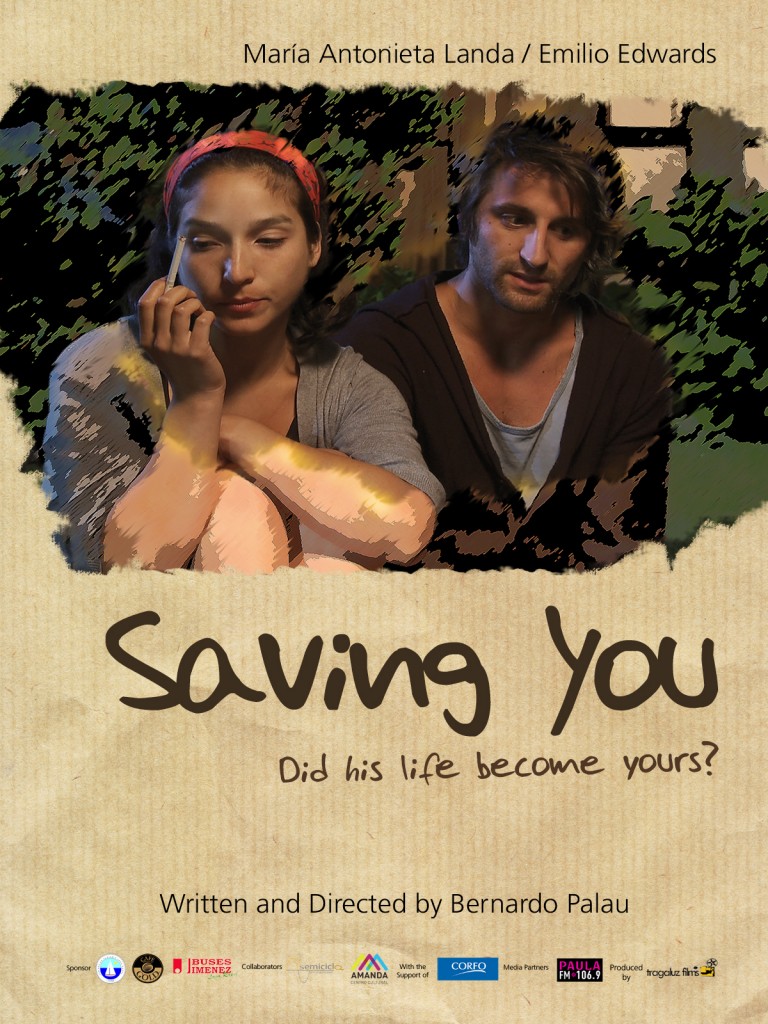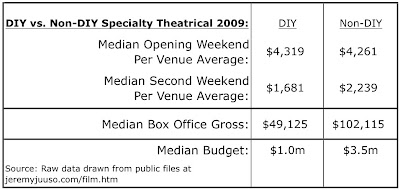Creating Innovative Merchandise
Its the IFP Film Week in NYC where I just was for the IFP Lab and the new IFP PMD Lab – so with that in mind – I am posting my new clip about merchandise and an intro to innovative merchandise.
Putting Chilean Film on the Map

On Thursday and Friday of this week (Oct 20-21) I will be at the Flyway Film Festival, presenting my two-day Think Outside the Box Office workshop on the ever-changing world of hybrid distribution and marketing. Today, though, I am thrilled to share a guest post from Chilean filmmaker Bernardo Palau whose first feature film ‘Saving […]
10 Ways in Which I Would Release Bomb It Today
Chris Horton asked me to write this post for the new Artist Services website that Sundance has set up. However, many filmmakers don’t have access to that site, and so I am posting it here on my blog for anyone to be able to read. Here is the post: In 2005 I started a documentary […]
Update to Jeremy Juuso’s DIY Film Releasing Article

This was published yesterday on jeremyjuuso.blogspot.com. UPDATE TO BASELINE JULY 2010 DIY POSTING During the course of research, I found a film from 2009 that initially appeared to be a DIY release, but upon further inspection had to be relabeled as a non-DIY release. As a result, this has slightly shifted the numbers that initially […]
Jon Reiss TOTBO Tip of the Day 35 – A Meta Stream of Tips
Today’s tip will be a meta tip. If you go to Twitter and search #totbo you will see the stream of tips, ideas, comments, suggestions etc from everyone who was engaged in the Totbo NY Workshop in the room in NYC or who virtually participated in distant lands! Kudos to all the participants at the […]
Independent Opportunities on CloudCraft Television
Ryan Sloan’s CloudCraft Television is currently offering channels for Independents and Students and well as Collaborations. They are able to stream uncompressed video at better than DVD quality, including up to 7.1 DTS Surround Sound, and Home Media Magazine has recently reviewed their technology deeming it the best on the Internet in an upcoming article. […]
Jon Reiss Interview with Nat Mundel
This was published on voyagemedia.com today. Author Jon Reiss on the Death of the Film Festival AND HIS BEST KEPT SECRETS THAT COULD MAKE YOUR NEXT INDIE FILM A SUCCESS!! In his interview with Nat Mundel, independent filmmaker, author, and educator Jon Reiss unabashedly confirms one thing: the film festival acquisition model is dead or […]
Changing the Life Model of a Release – Response to Brian Newman
Brian Newman has been tearing it up lately on his blog Springboard Media. While I don’t always agree with him, he is very thoughtful and has great insights into what is going on these days in the indie film world. I just tweeted his post from today Filmmaking and Releasing – Changing From the Male […]
Review of Think Oustide the Box Office by Content NOW
Content NOW Here’s the pull quote: “Written in a light conversational tone and beautifully organized over 354 pages, Jon, a noted filmmaker (Bomb It, Better Living Through Circuitry) and CalArts teacher, passionate about connecting filmmakers to their audiences, arms filmmakers with the arsenal needed for a killer DIY direct to fan film marketing campaign. This […]
Think Outside the Box Office Introduction and Table of Contents in Indiewire
I put up the Introduction and table of contents on Indiewire: As some of you know, I have written a book Think Outside the Box Office. It’s purpose it to help filmmakers release their films in today’s marketplace – especially in the collapse of the festival acquisition model. The book is being released on November […]